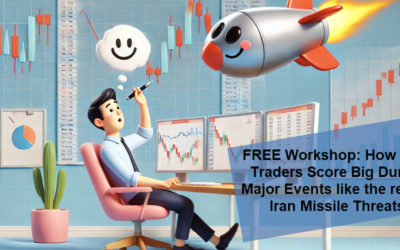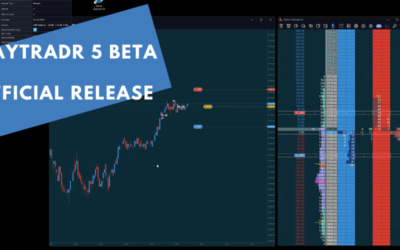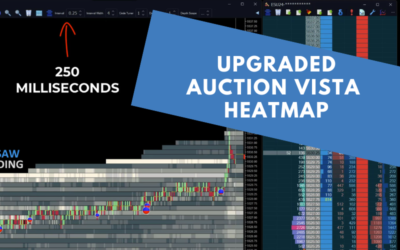Getting Started In Scalping/Ultra Short Term Trading
On 28th September, 2016, Jigsaw Trading presented a 1 hour webinar on scalping. Discussing a number of scalping setups on volatile and slow markets.
Originally, scalping was a term used to define trading that captured the spread. Buying the bid and selling the offer. Over time the term has become more widely used and now people use it to describe many different styles of trading. I guess the reality is that the word scalping doesn’t mean much any more. It’s become overused and now it’s really a matter of opinion of what defines a scalp and what doesn’t.
In this presentation, we stuck to trading techniques that are closer to the original definition of scalping – starting out with techniques that focus on capturing the spread.
We did of course discuss techniques that grab more than 1 tick because even a market maker looking to capture the spread will take more if it’s on the table. It’s not as if scalpers are intentionally leaving money on the table by taking just 1 tick from a trade. It’s just that scalpers are working from a completely different perspective. So todays webinar is more about the perspective, the decision making process than the amount of ticks profit or loss.
And perspectives really are different. A longer term day trader might be looking at support and resistance, trying to figure out what sort of day type it is, what the MACD is doing, where the value area was yesterday and so on scalpers, certainly those in their purest spread capturing form simply DO NOT CARE about any of this stuff. With a different perspective, they make decisions based on different factors, factors that are often very short lived and that change minute to minute.
Not only are perspectives different, so are the win rates. In fact the win rate of a scalper is often what many traders would consider ‘outrageously high’. I know a scalper whose stats are:
85% wins
10% scratches
5% losses.
Of course, these stats don’t include bids or offers that get placed but never get filled and where the market leaves without you. Missed trades, which are a big part of scalping.
Now – if you came across a web site promising you an 85% win rate, you’d most likely think it was a scam and in all probability you would be absolutely correct.
But we aren’t talking about risking 5 ticks to make 20 ticks here. We are talking about very small targets and trades where there is a momentary high probability opportunity which is very short lived. If you considered typical retail commission on the S&P500 of $4.00 per turn, then a losing single tick trade will cost you $16.50 but a winning trade would get you $8.50.
So of course, the win rate has to be higher. It wouldn’t work otherwise. It also makes sense that you use a deep discount broker, get onto some sort of program with the CME (such as the IIP program that knocks 66c off the CME Fees for the ES).
The higher win rate does not make scalping better or scalpers smarter traders. It just means that scalping is different.
Simplify Your Trading
Take a look into the decision making process of professional traders with this video training series that helps you make smarter trading decisions.




0 Comments